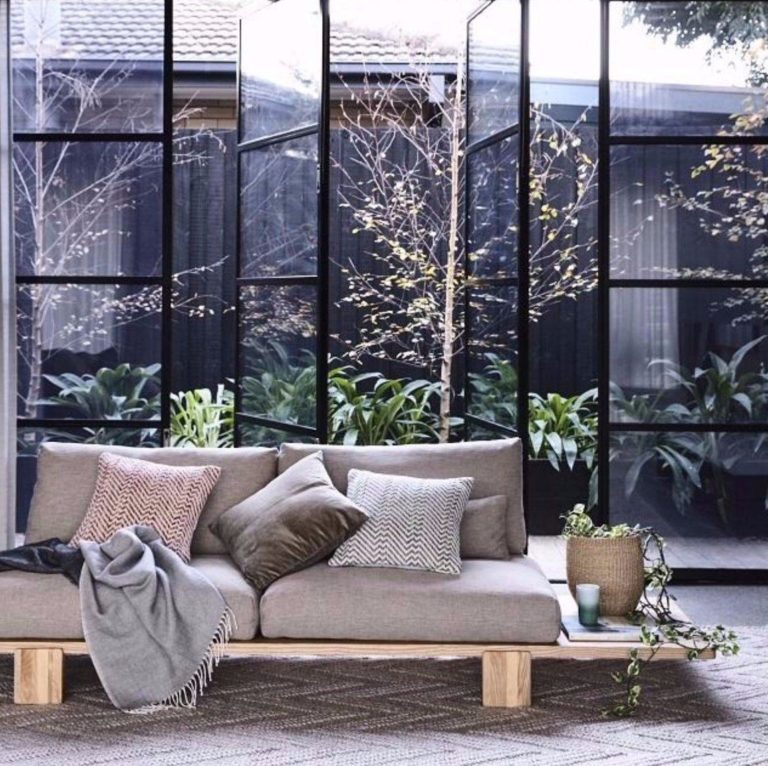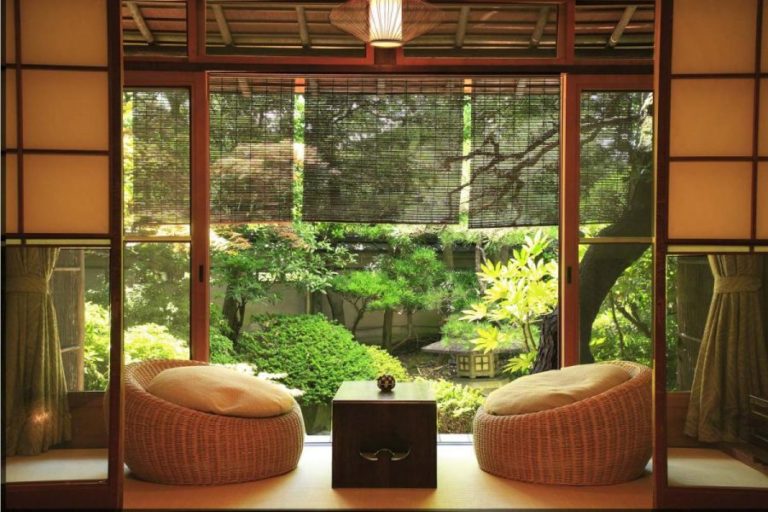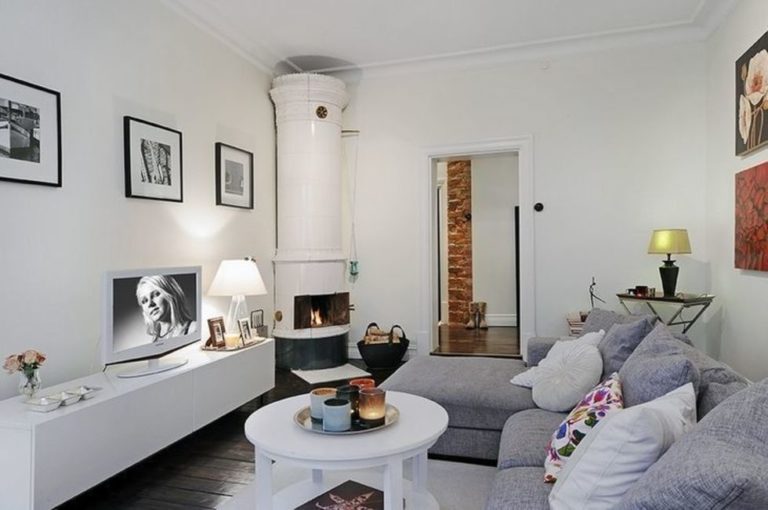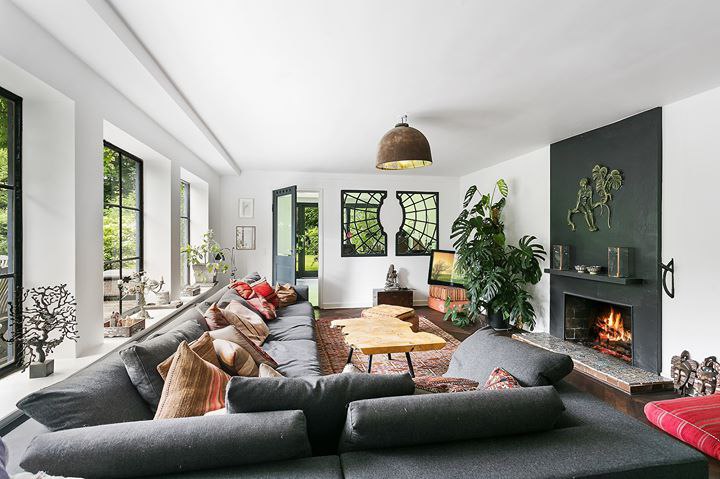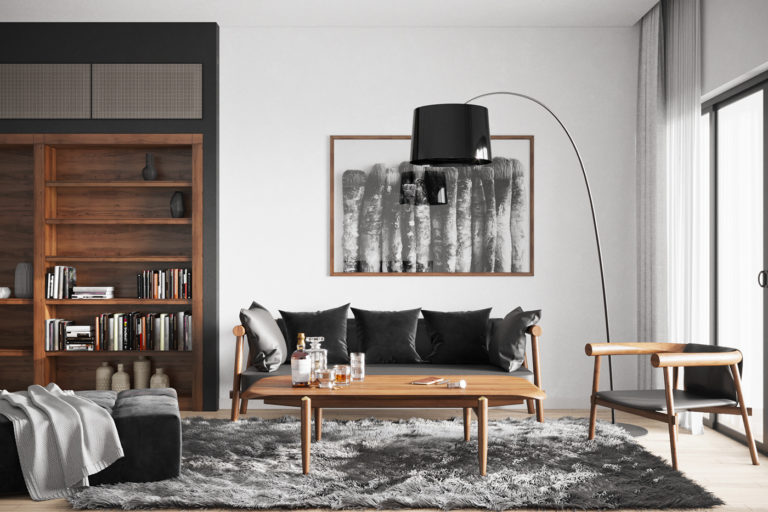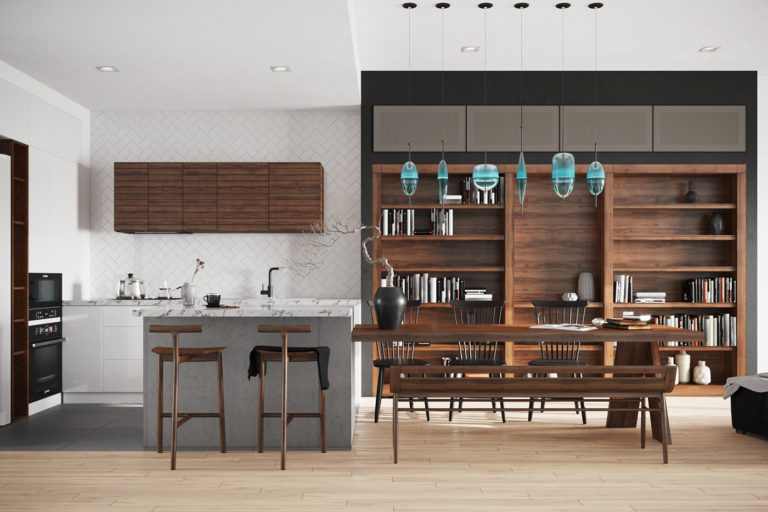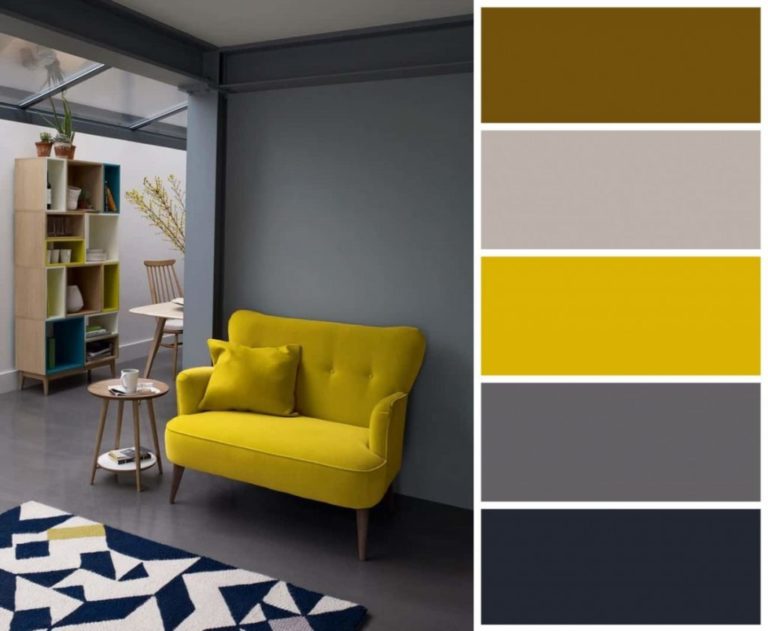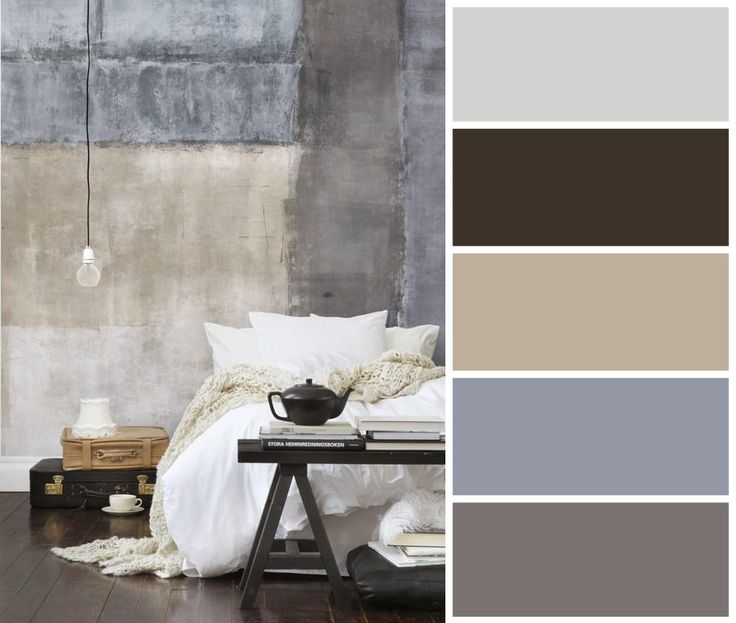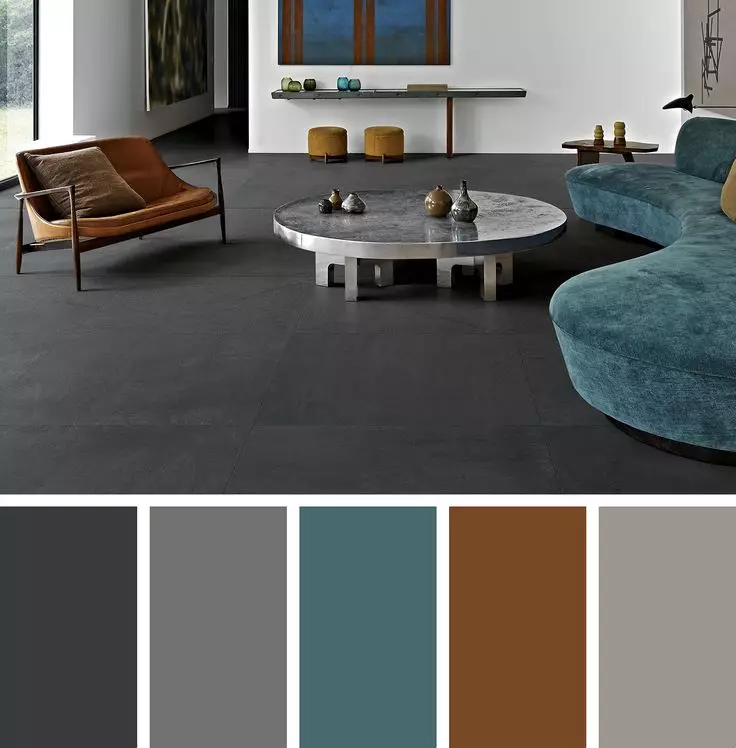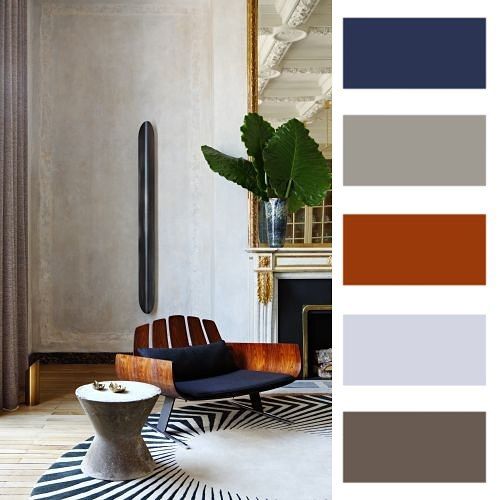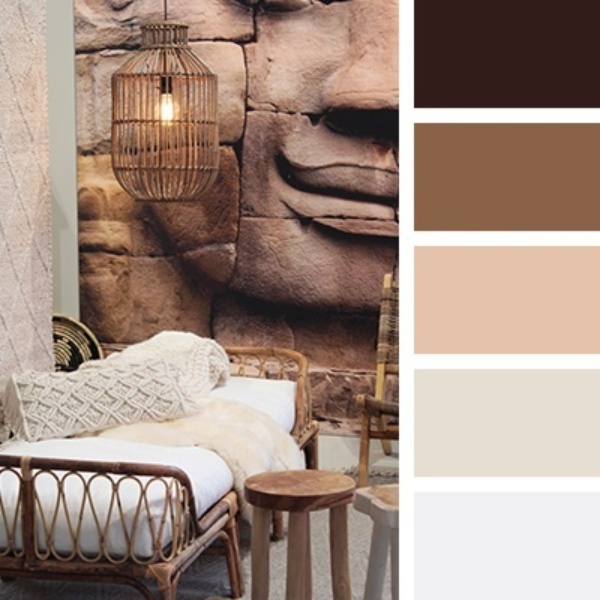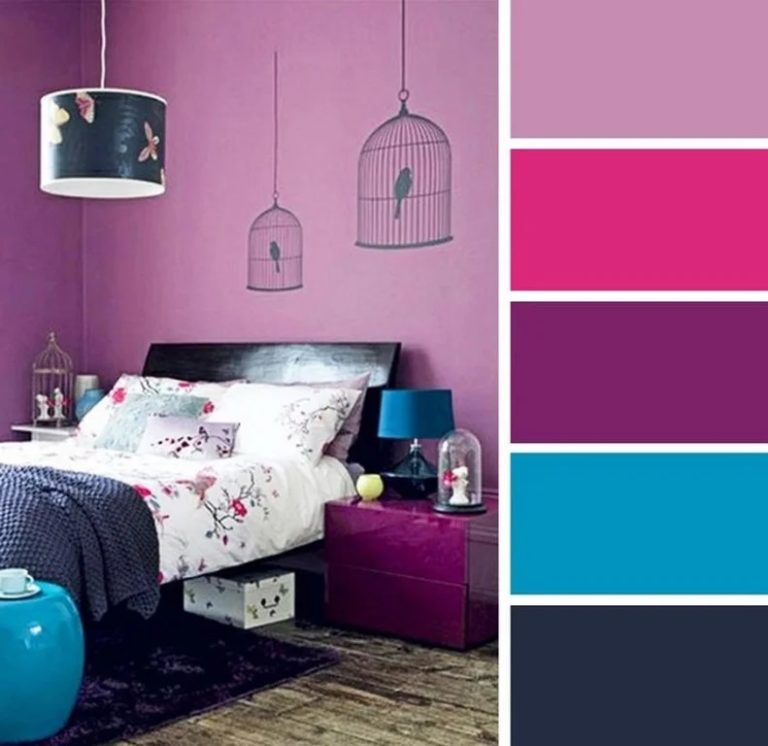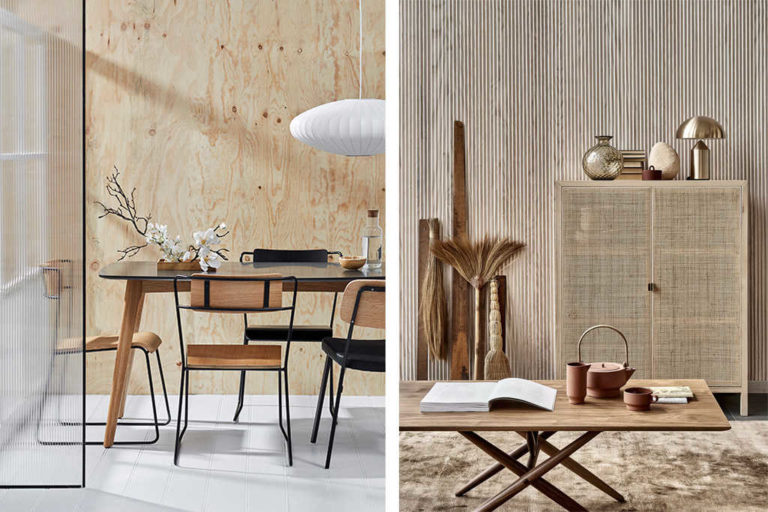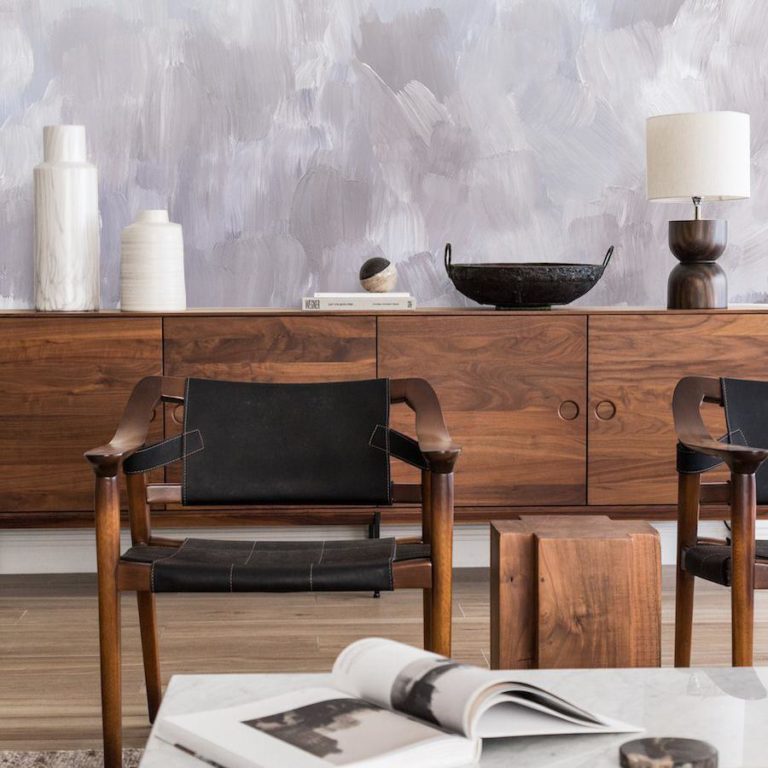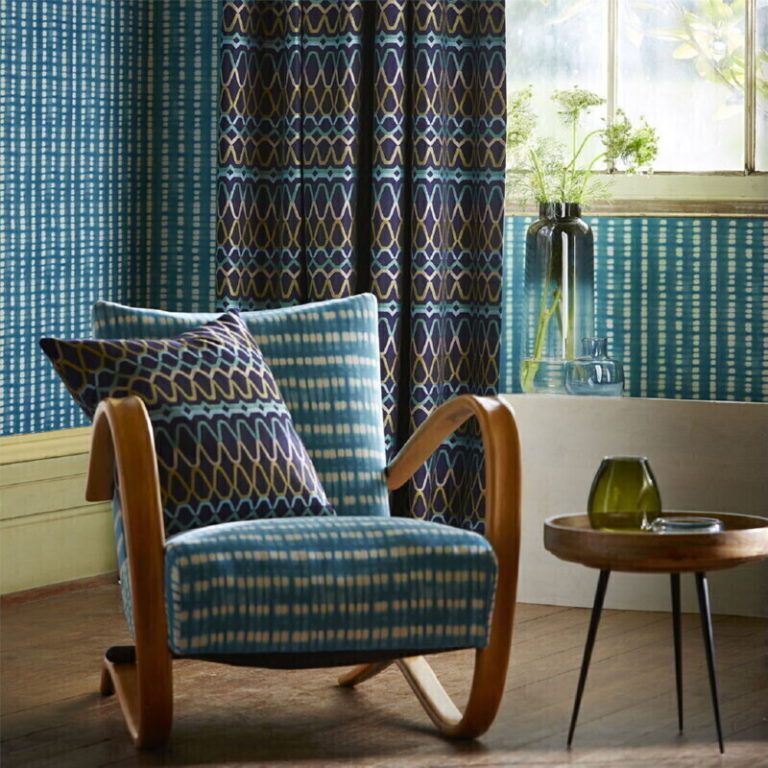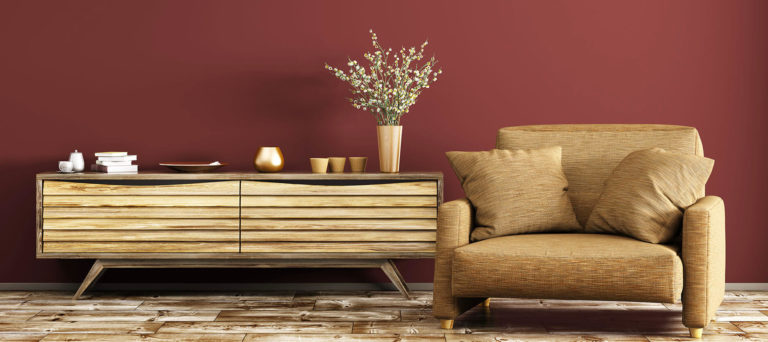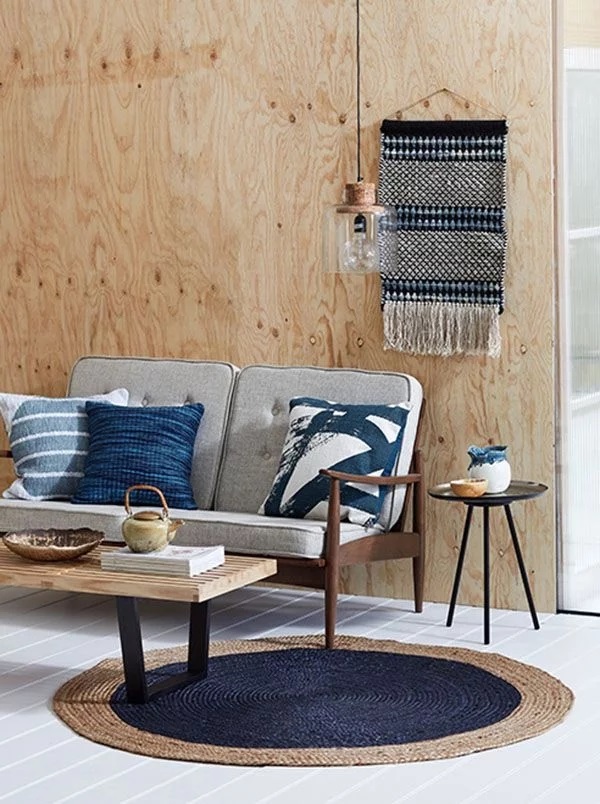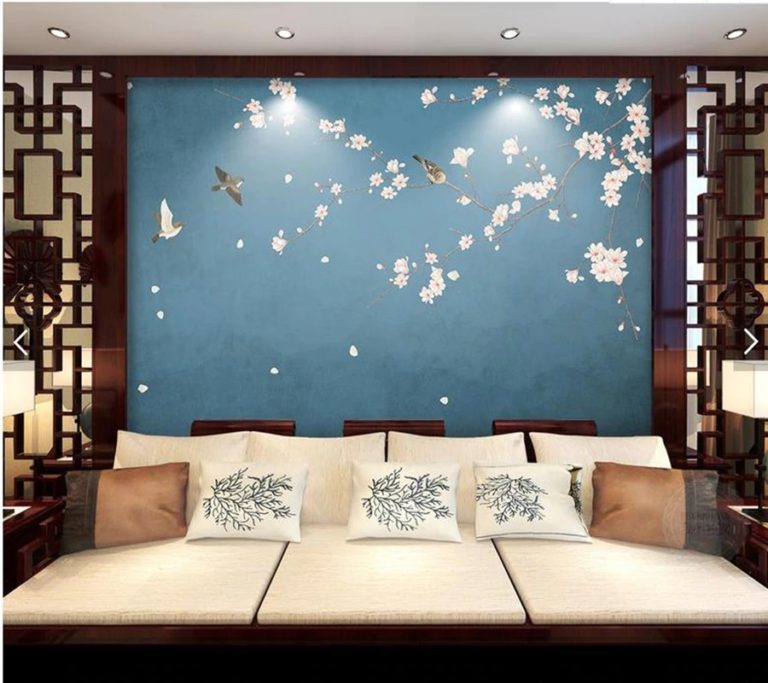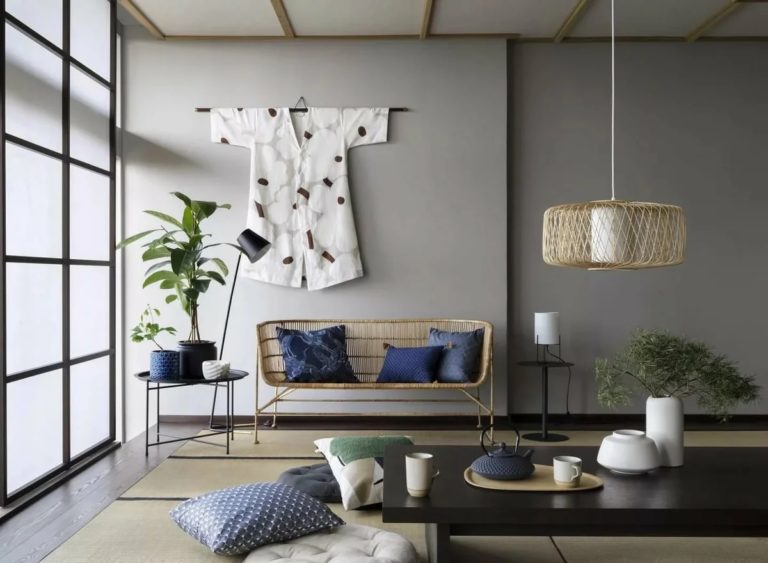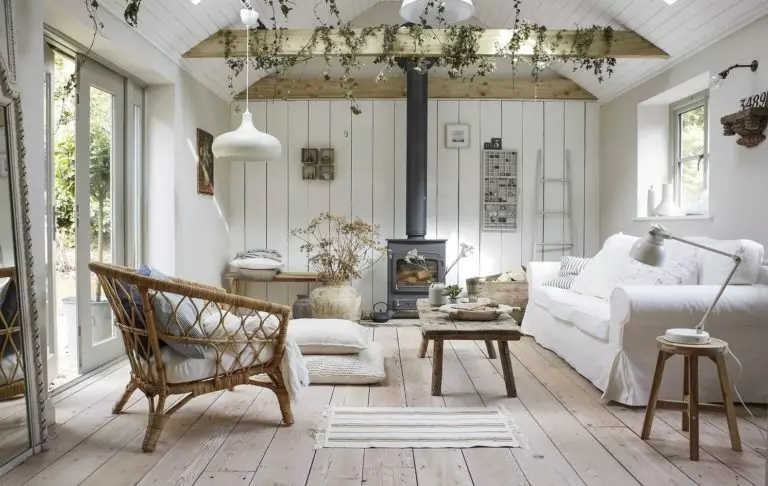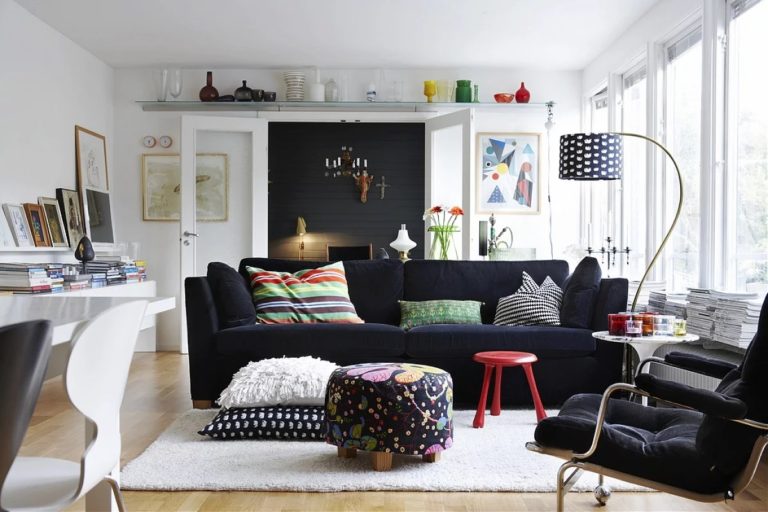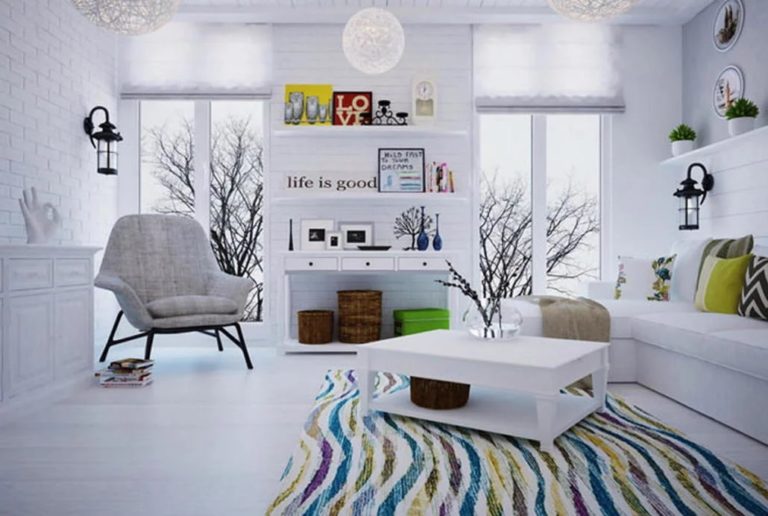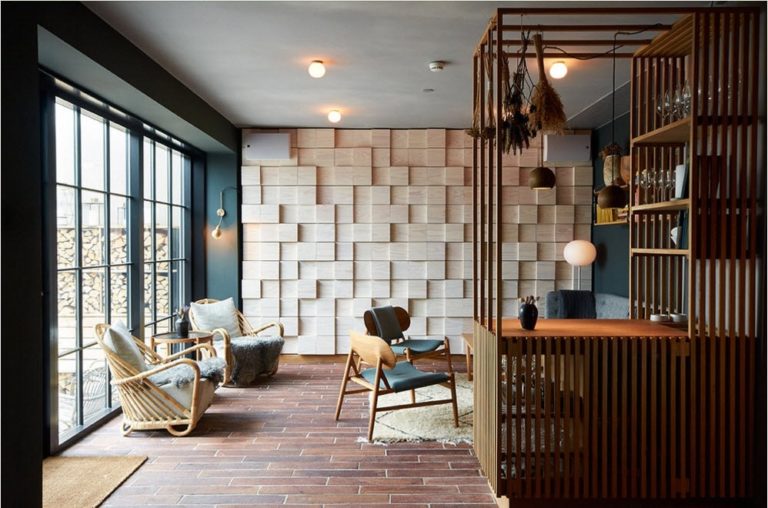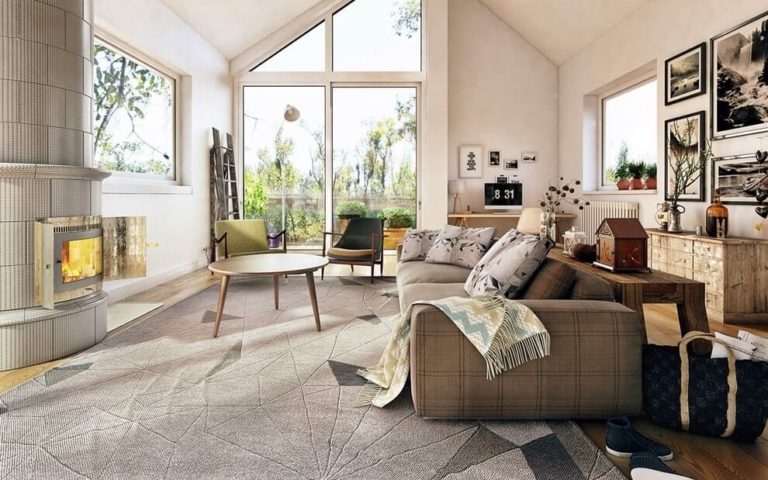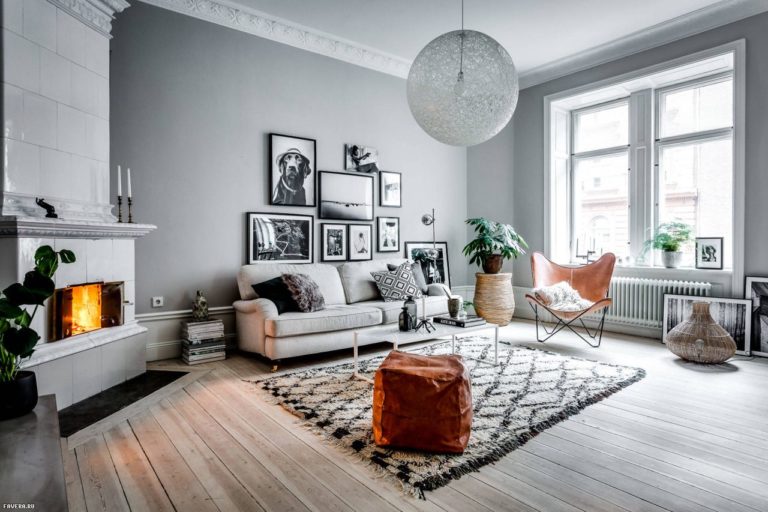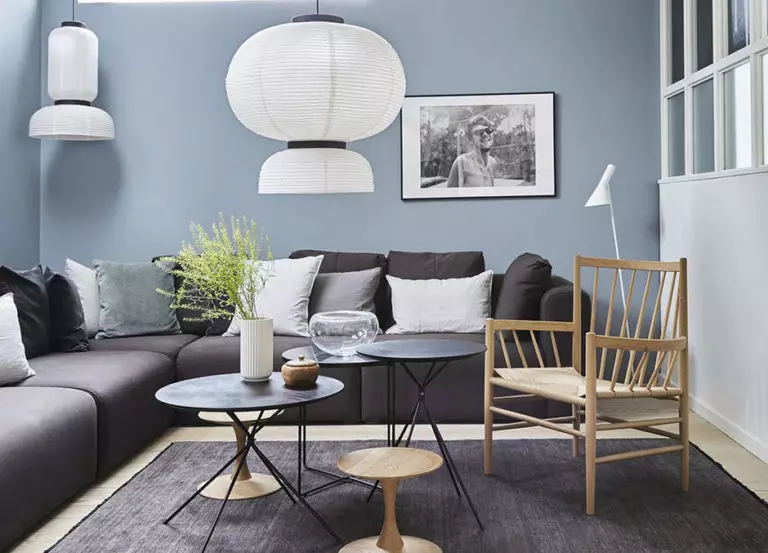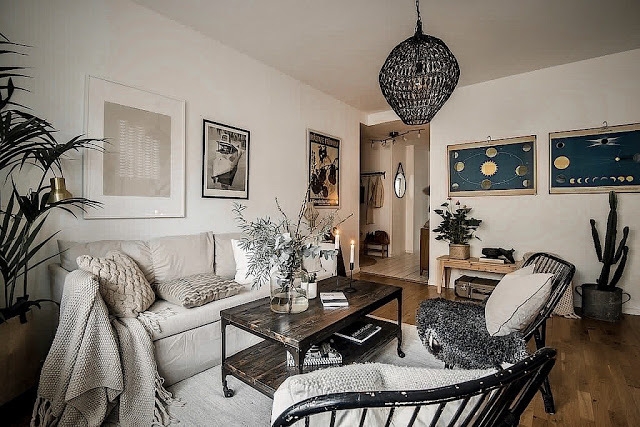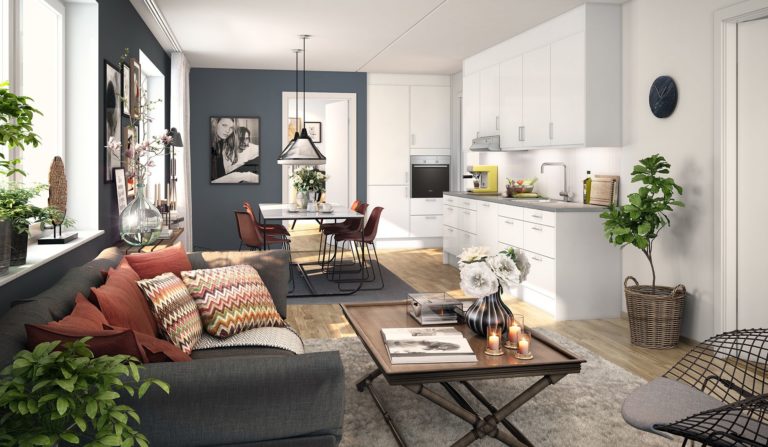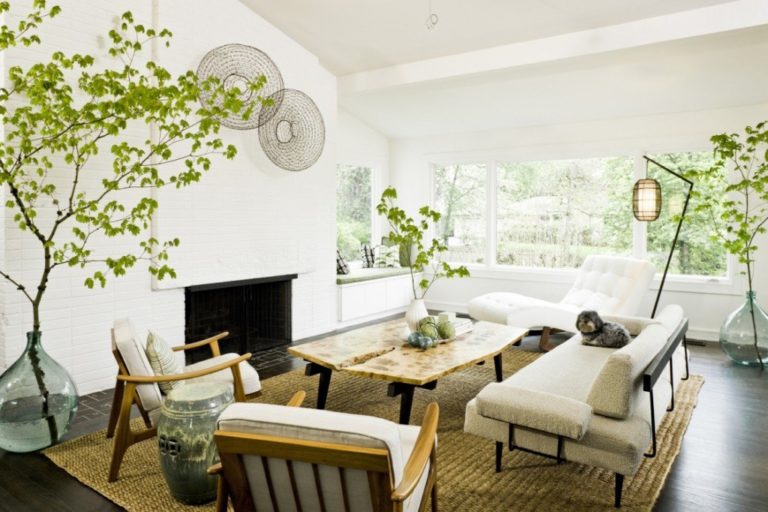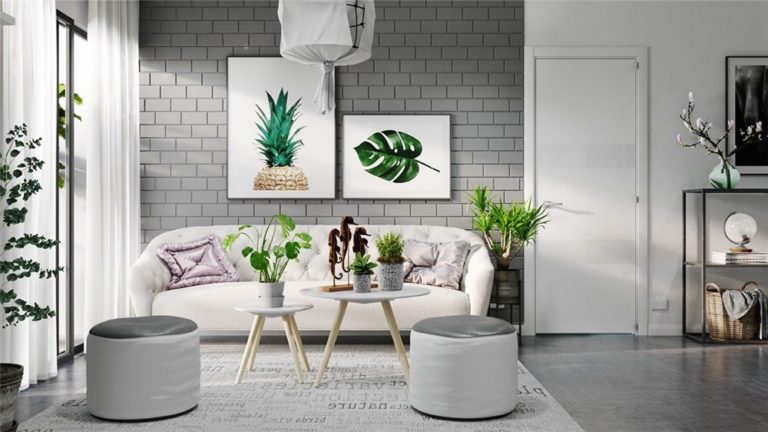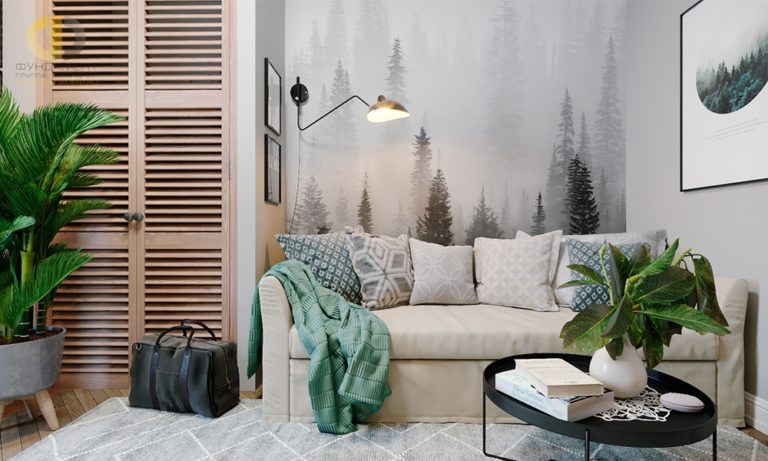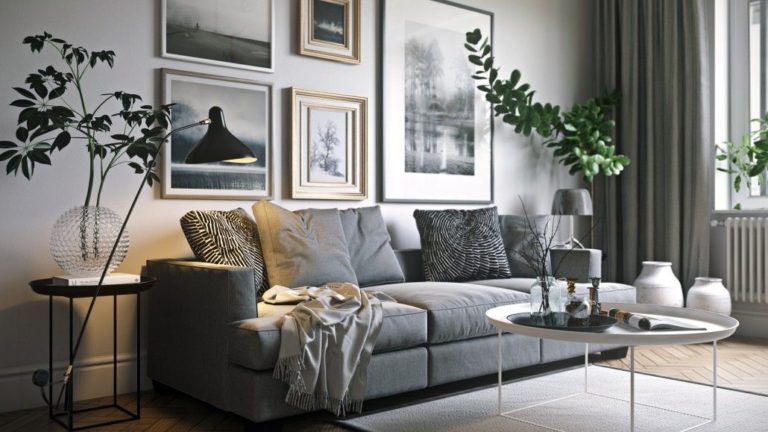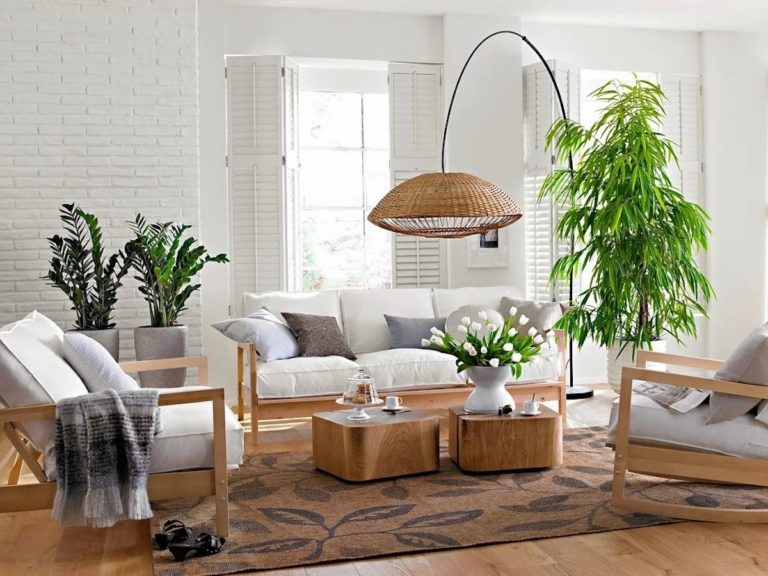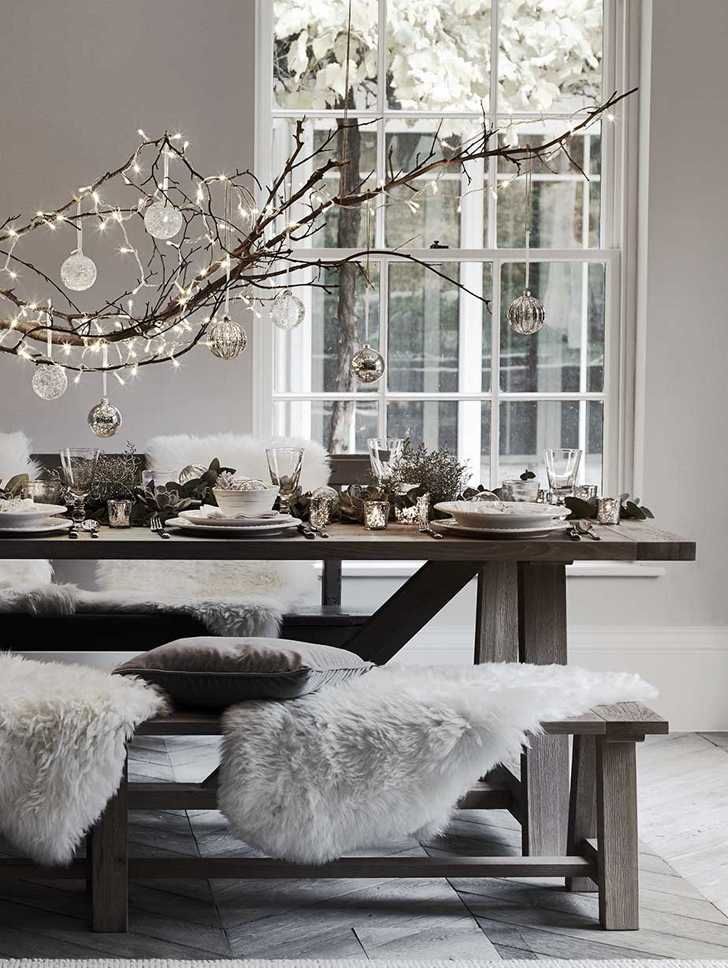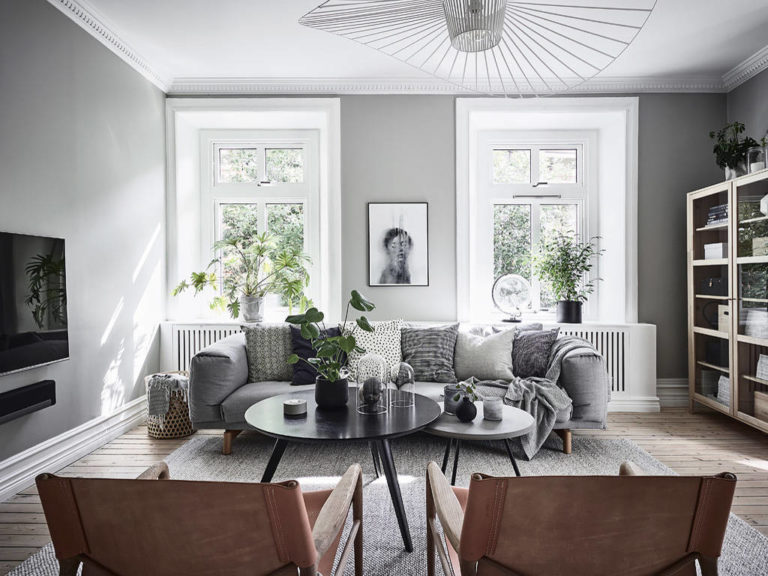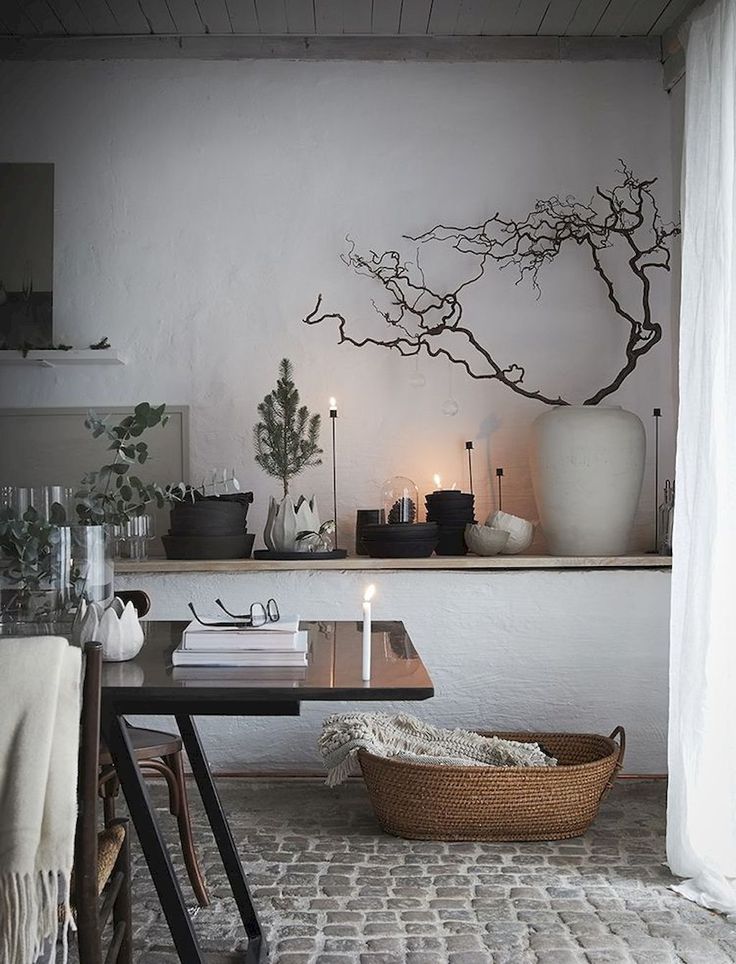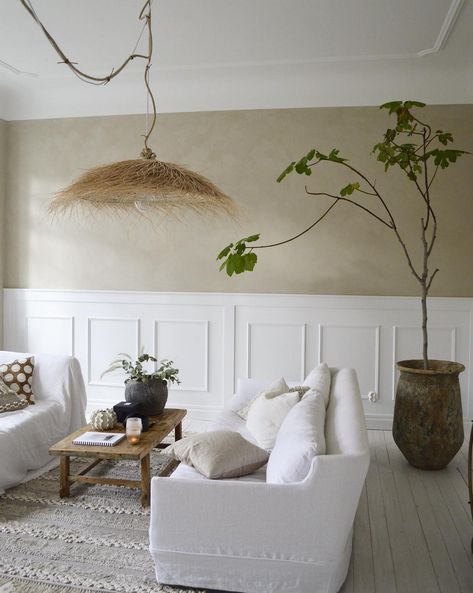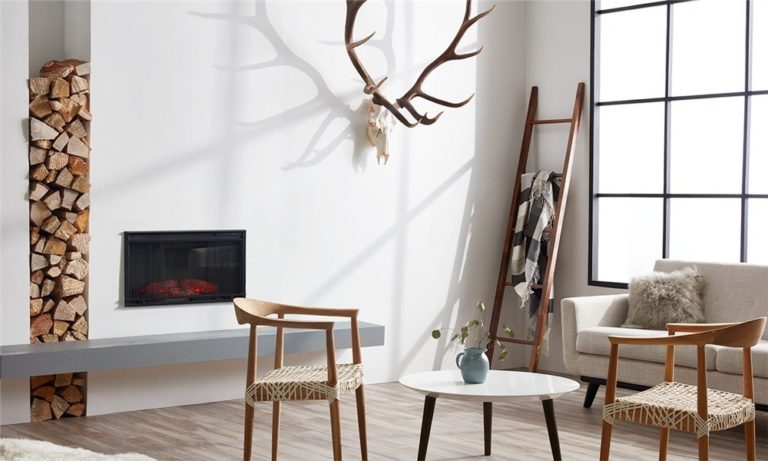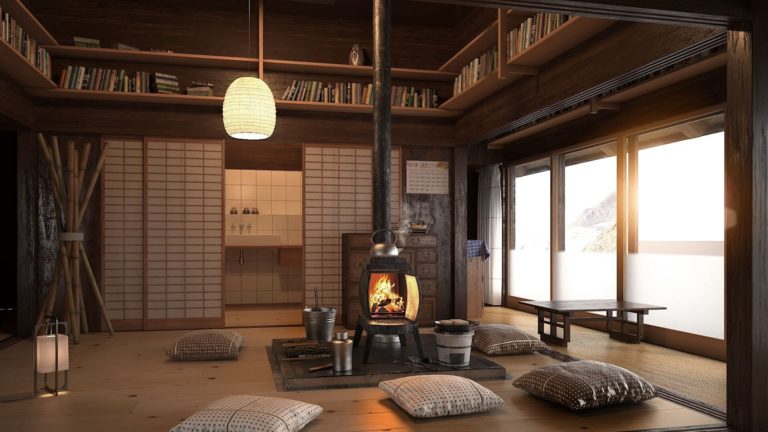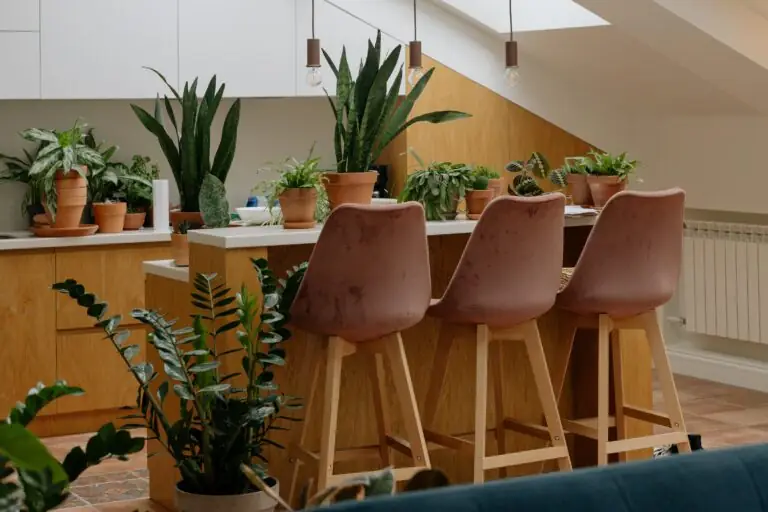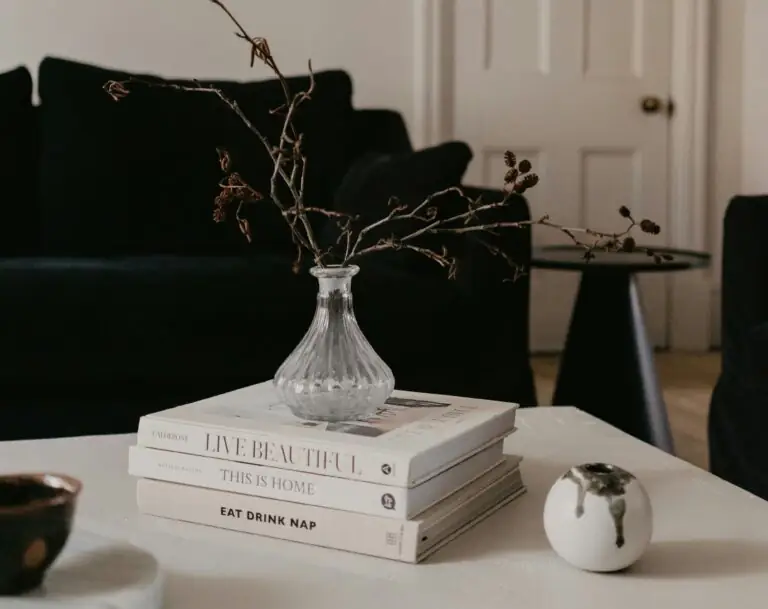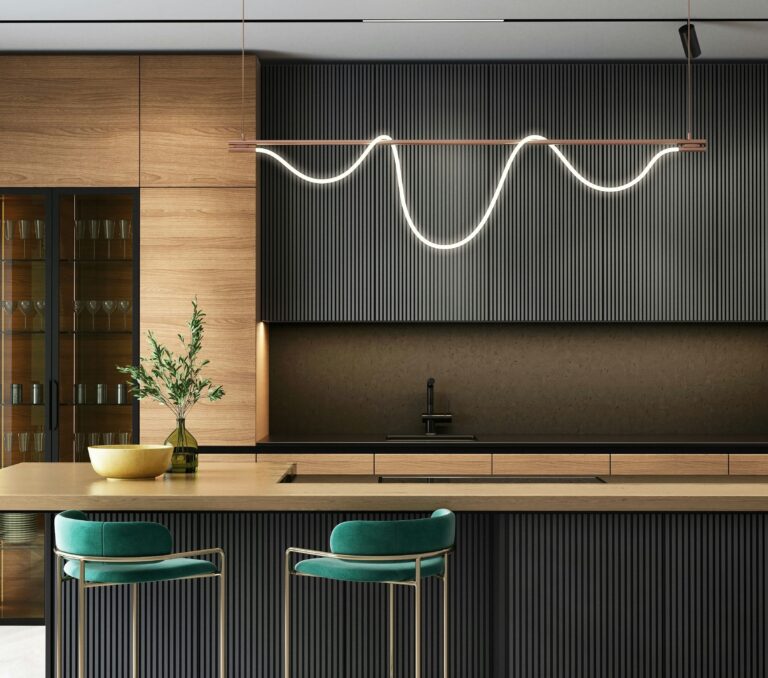Interior 2020 – Japandi style: Scandi + Japan
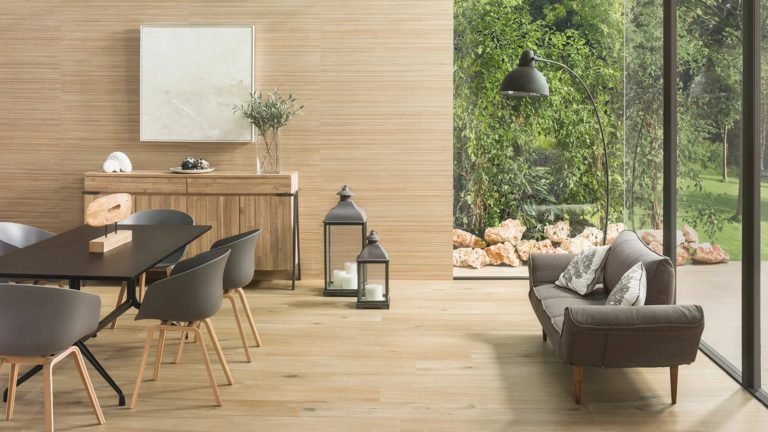
The new interior style Japandi (derived from the words “Japan” and “Scandi”) confidently enters into fashion in 2020.
Sometimes two combined styles look better than one.
Japandi, one of the coolest design trends in 2020, is absolute proof of this. This hybrid aesthetic combines the modern and rustic atmosphere of Scandinavian design with traditional elegance associated with Japanese styles. Together they will become your new favorite outlook on minimalism.
United by minimalism. These two areas have interesting distinctive features. From Scandi interiors, the style adopted the desire for orderliness and convenience of life, a craving for natural materials, and from Japanese – simplicity, restraint, functionalism.
Japandi: Japanese and Scandinavian. This style combines the best elements of Japanese and Scandinavian design.
What is Japandi?
Simply put, Japandi is a hybrid trend. This new look takes on the modern style of Scandinavian design and combines it with the timeless elegance of Japanese aesthetics to create a style that combines the best of both worlds.
It is not difficult to understand why these two styles were paired. Although they come from different sides of the globe, they share similar principles. Both incarnate the minimalism. Both of them emphasize the importance of creating functionally controlled spaces defined by a handful of instruction elements, rather than an abundance of decor.
These are their differences that help make this alliance particularly interesting. While Japanese spaces can get overly smooth, rustic details, Scandinavian design will add dispersion. Where Scandinavian interiors tend to be so neutral that antiseptics can appear, the rich Japanese design color palette gives the room more warmth.
Key features of Japandi style
In the Japandi interior everything is thought out to the smallest detail. The main task is submission to comfort. Being in such a house, you will feel absolute harmony with the world around you.
Color palette
We said before that contrast is the key to creating visually interesting interiors, and Japandi is no exception. In this case, the color palette is the easiest way to see how the comparison determines this trend and creates a new and exciting look.
The first step is to understand the defining shades of each style. On the one hand, the Scandinavian design is characterized by a combination of light, neutral shades, natural forests and pastel accents. The Japanese style, on the other hand, is known for more saturated tones.
Most Japanese-style rooms begin with a darker base, usually a rich, neutral shade. The contrast is created by a combination of light wood and strict black shades. Even the accents are usually plain. However, some vibrant colors can be added using natural sources such as indoor plants.
Materials
The ethics of Japanese Wabi Sabi philosophy is based on a love of natural imperfection and imperfection of handwork.
Choose furniture from simple and natural materials, but with high quality, for example, from wood with granite trim in halftones. Choose natural and textured fabrics, without decor or pattern. You can also play by adding some traditional Japanese accessories, such as handmade urushi lacquered wallpapers, shibori fabrics, as well as handmade ceramics and paper lamps.
Furniture
Make sure your furniture has a Scandinavian and Japanese touch. Combine both styles of furniture.
In Scandinavian and Japanese style, one thing is absolutely true: furniture is immediately identified.
Again, while both styles of furniture are defined by clean lines and a focus on practicality, there are several key differences.
Scandinavian furniture, usually composed of light wood, and has smooth lines.
Japanese works, on the other hand, are a bit more refined. They have colored shapes and come in more elegantly curved shapes.
Using a mixture of both directions in your design allows you to introduce a sense of harmonious contrast into your home. Feel free to use a mixture of wood tones in space and incorporate shapes with curved and straight lines. This adds a unique sense of texture to the room, which helps to make it visually interesting.
Mixing Accessories
Accessories are less important in both Scandinavian and Japanese designs. Since these rooms are so functional, strictly decorative elements occupy the background. However, each aesthetic includes several decor items to make sure that the design is moving in the right direction.
Scandinavian accents focus on comfort. They rely on objects such as plush carpets, plentiful pillows and cozy blankets to give the interior a home look. Japanese accents are usually utilitarian elements such as vases or screens.
A room in Japandi’s style ideally includes a combination of both, although it still feels simple.
In both areas of aesthetics, there is one truly unifying factor – both styles rely heavily on natural elements such as plants to breathe a sense of resonance into their decor.
Be sure when you add some plants to your room made in the Japandi style, the room will seem even more cohesive.
Plants
Japandi’s style is very fond of adding nature, namely green plants. However, due to the strong influence of Zen in this trend, the main thing is quality, not quantity. This means that there is no place for the whole jungle corners. And you need to add only a couple of plants, beautiful for its simplicity. Choose tall plants with smooth and elegant leaves and a simple shape. Pay attention to the pot of your plant, it should fit into the interior.
Balance, the key to a perfect Japandi style interior
Finding the perfect balance between a minimalistic and welcoming home is not easy, but it is the key to a perfect Japandi style interior.
You can mix and match Scandinavian and Japanese decor in several ways. Combine wooden coffee tables with modern chairs and sofas, and then add elements made from natural materials such as cork and wood. The furniture should be low, but experiment with the asymmetric height of the furniture to break the monotony of the arrangement. Install wood flooring and use cooler pastel shades for your walls, along with neutral ones.
Then make the space more comfortable by adding linen pillows and plain carpets. Choose a graceful wall painting in neutral colors and a beautiful plant for emphasis.
Japandi offers attractive simplicity
Japandi became a trendy style in 2020, and we are sure that he is here to stay. Combining the best parts of Scandinavian and Japanese design, this look can be the pinnacle of attractive simplicity.
